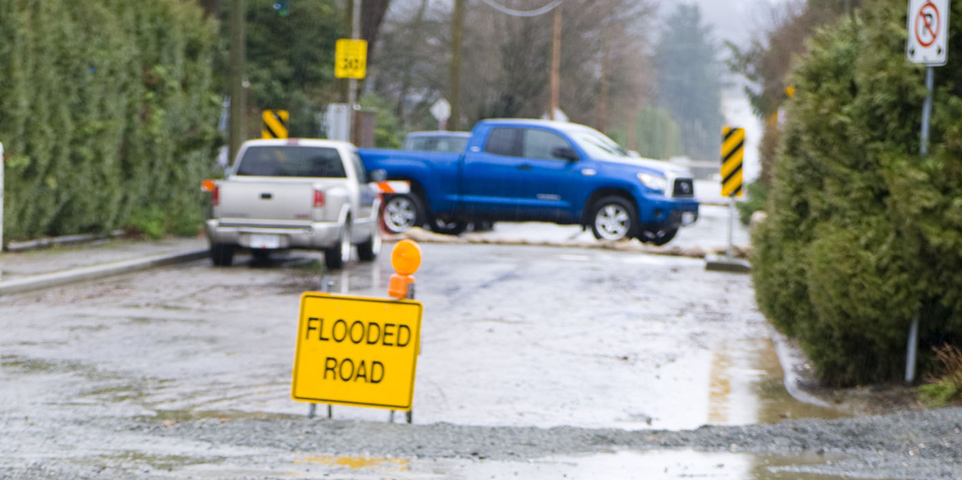MEMBERSHIP
AMPLIFY
EN ESPAÑOL
Connect With Us
- Popular search terms
- Automobile
- Home + Renters
- Claims
- Fraud
- Hurricane
- Popular Topics
- Automobile
- Home + Renters
- The Basics
- Disaster + Preparation
- Life Insurance

Severe convective storms are among the most common, most damaging natural catastrophes in the United States. The result of warm, moist air rising from the earth, they manifest in various ways, depending on atmospheric conditions – from drenching thunderstorms with lightning, to tornadoes, hail, or destructive straight-line winds.
These storms were the costliest peril for insurers in 2019, and the start of this year’s convective storm season coincided with the shutdown of much of the U.S. economy due to the coronavirus pandemic. This could complicate disaster response and claims handling as the season–already shaping up to be the deadliest in eight years–continues.
Population growth and economic development have contributed to increasing losses. At the same time, research suggests the geography, frequency and intensity of these storms also may be changing. This paper examines these trends and how insurers, risk managers, individuals and businesses are responding to mitigate the risks and improve community resilience.
Please click on the file name below to view the white paper in PDF format. You will need Adobe Acrobat Reader to view the file.
Download convective_storms_wp_050520.pdf
You can download Adobe Acrobat Reader, free of charge, from the Adobe website (https://www.adobe.com/products/acrobat/readstep.html).
Note: Printer fonts may vary by browser and version of Adobe Reader.